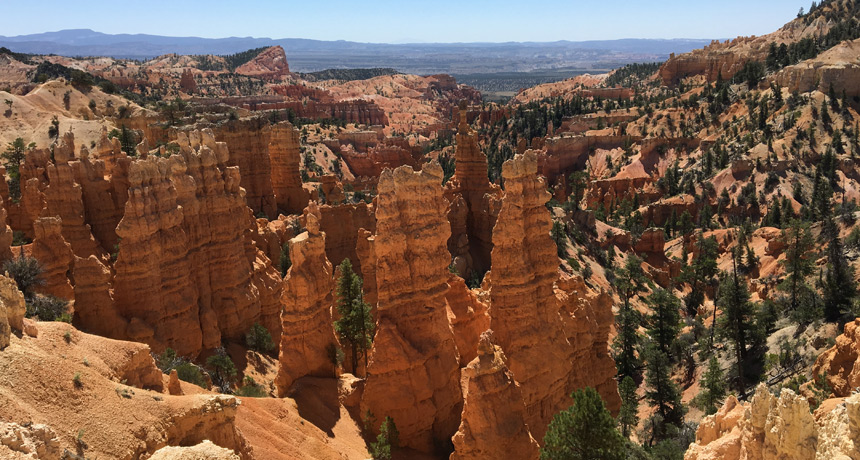Scientists Say: Hoodoo
Tall spires of rock get this special name

These fantastical towers in Bryce Canyon National Park aren’t manmade. They are hoodoos, the natural result of wind and weather.
B. Brookshire/SSP
Tall spires of rock get this special name

These fantastical towers in Bryce Canyon National Park aren’t manmade. They are hoodoos, the natural result of wind and weather.
B. Brookshire/SSP